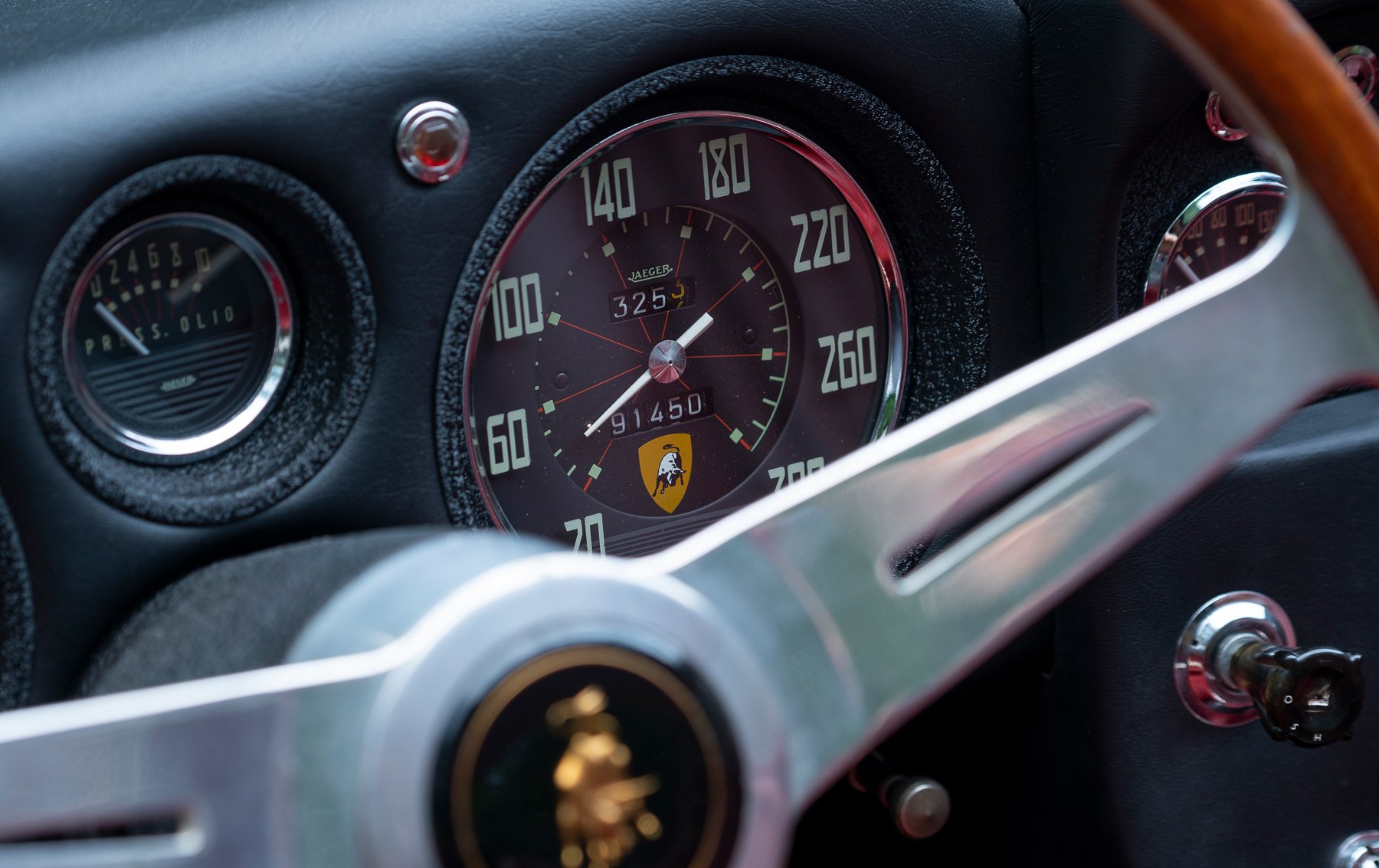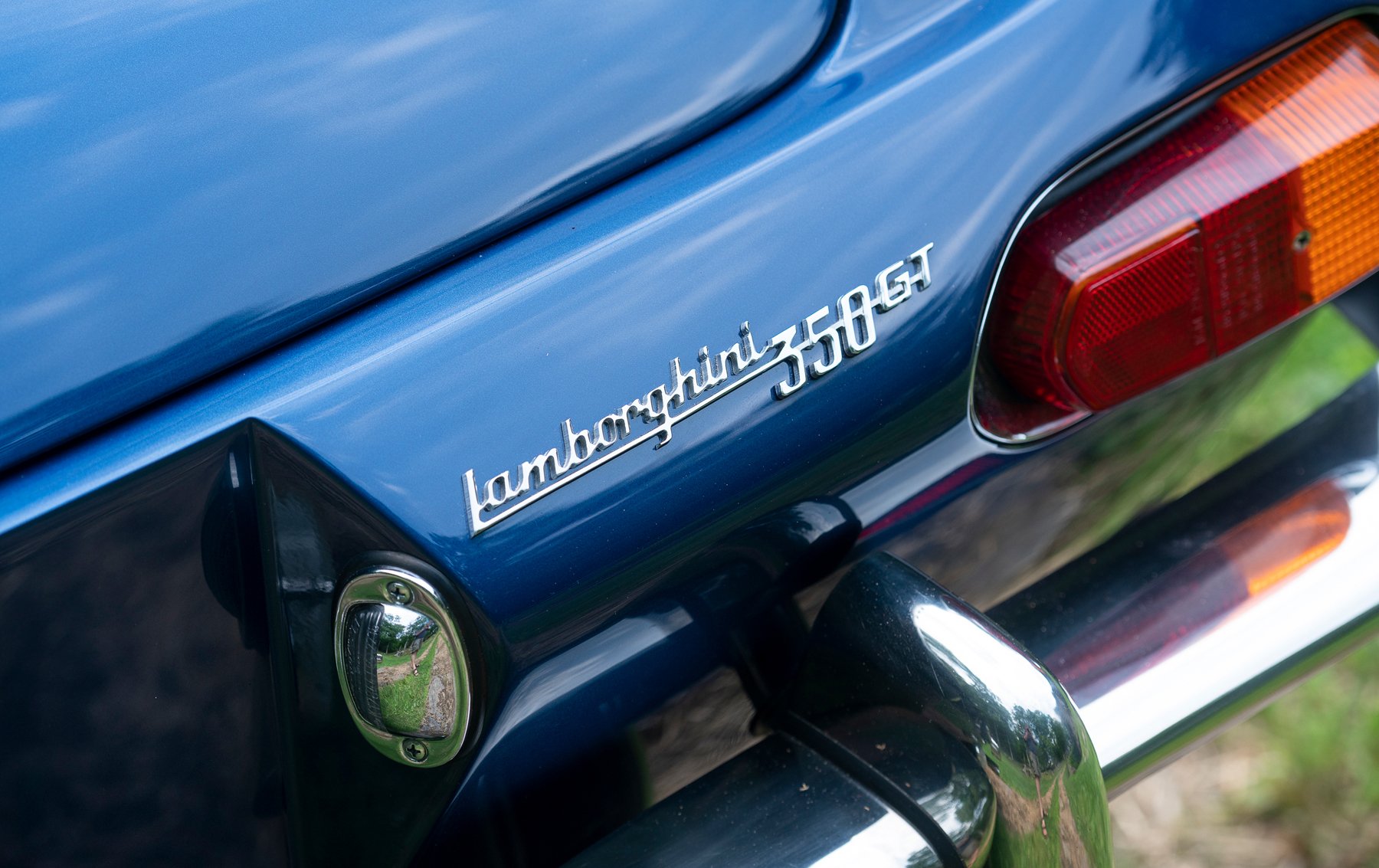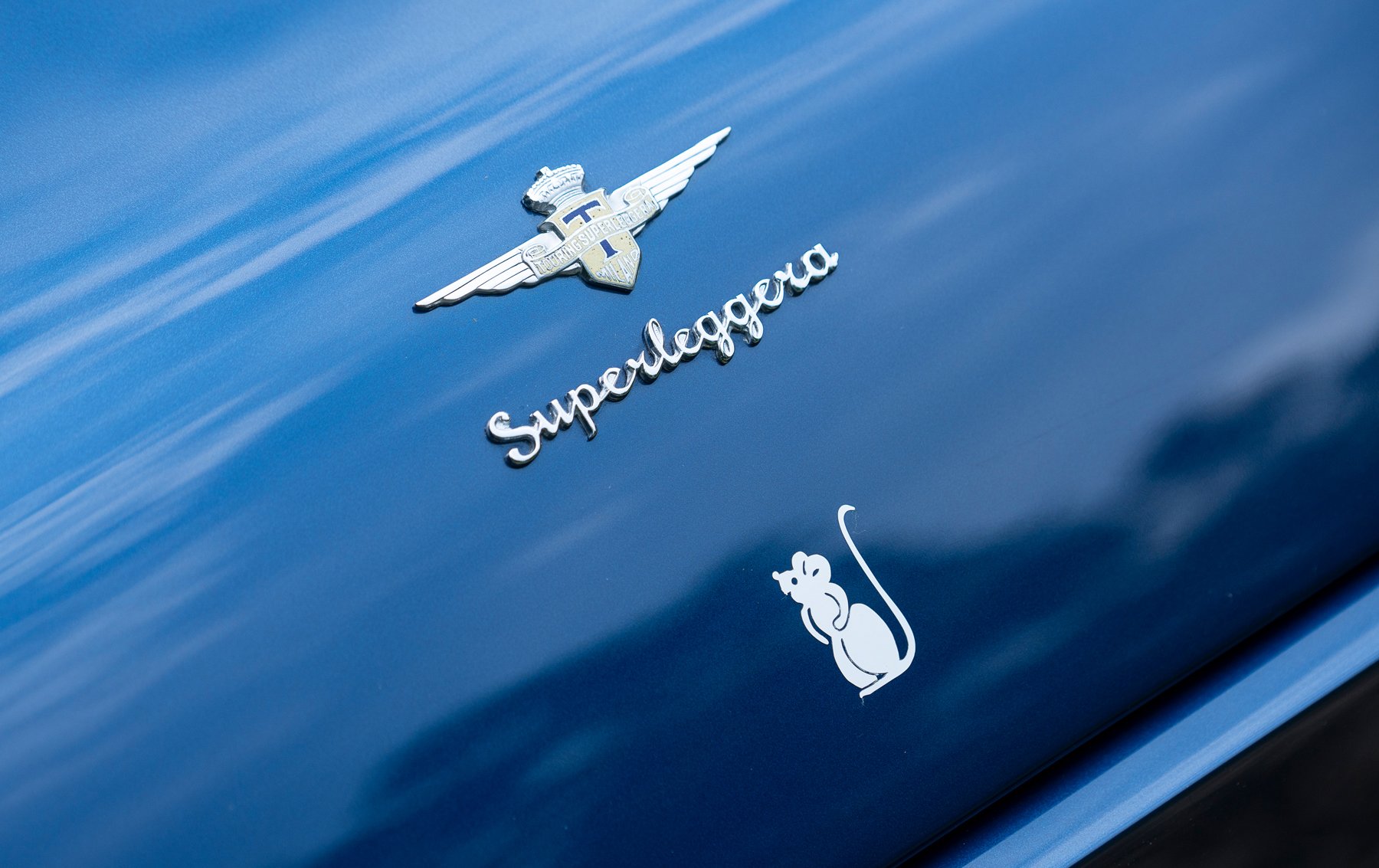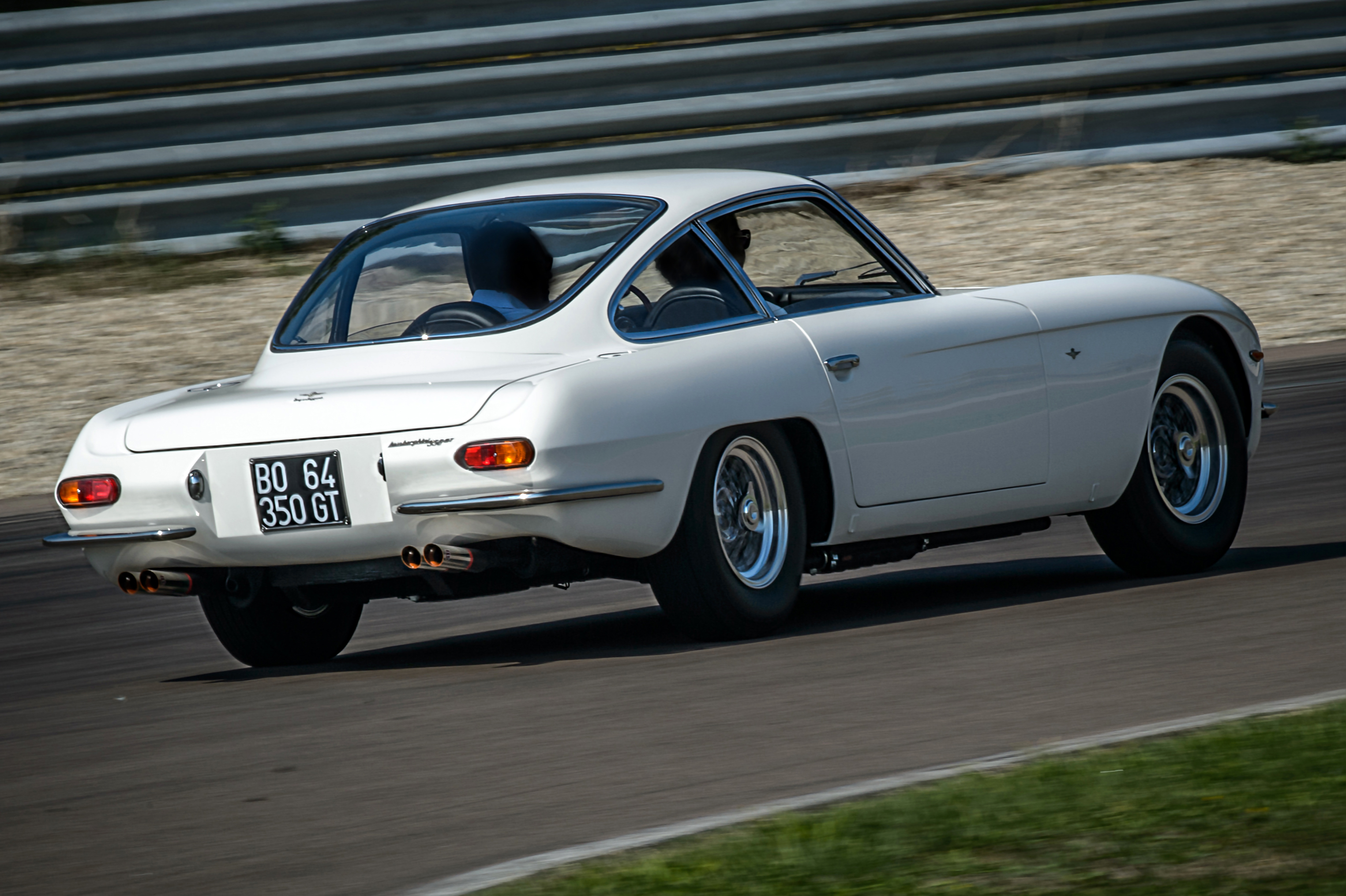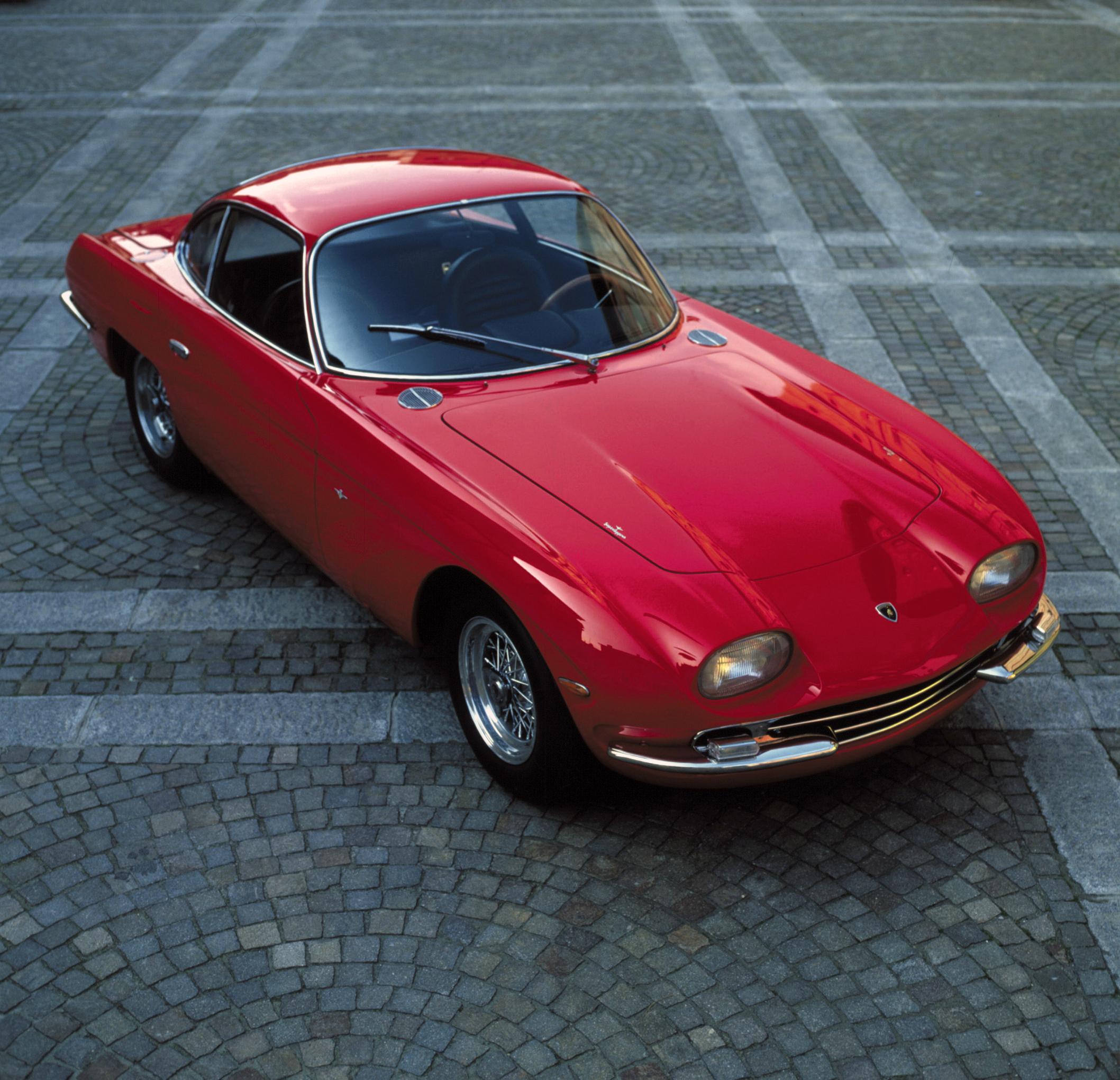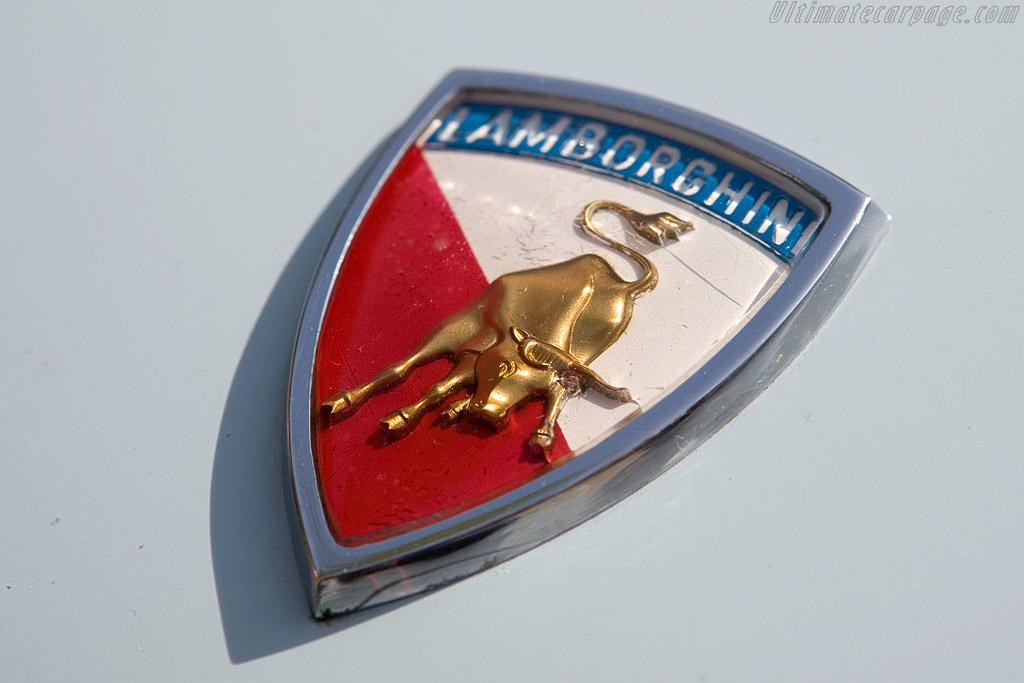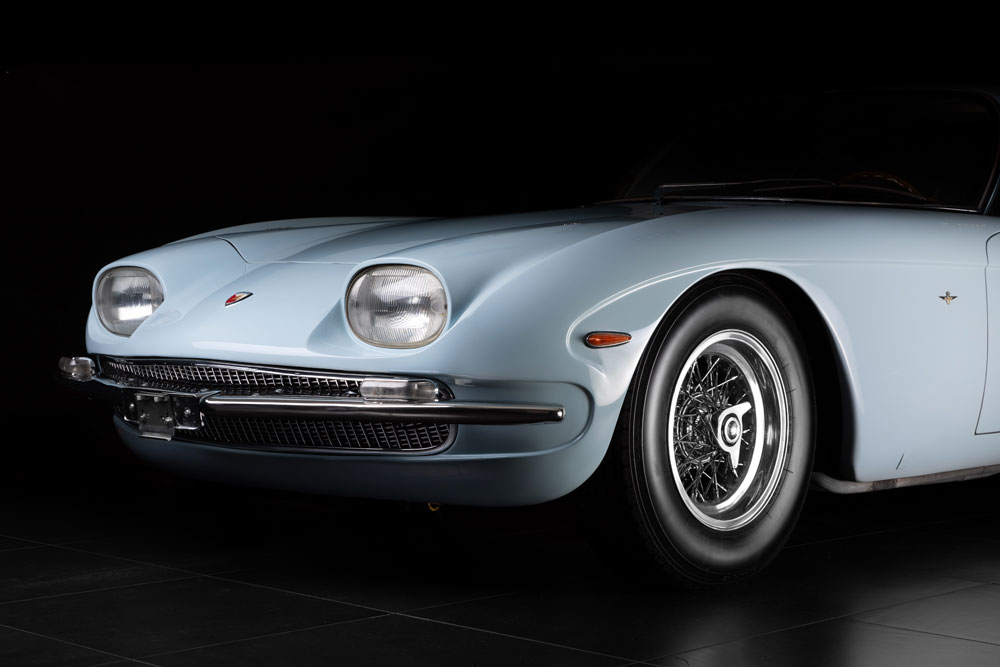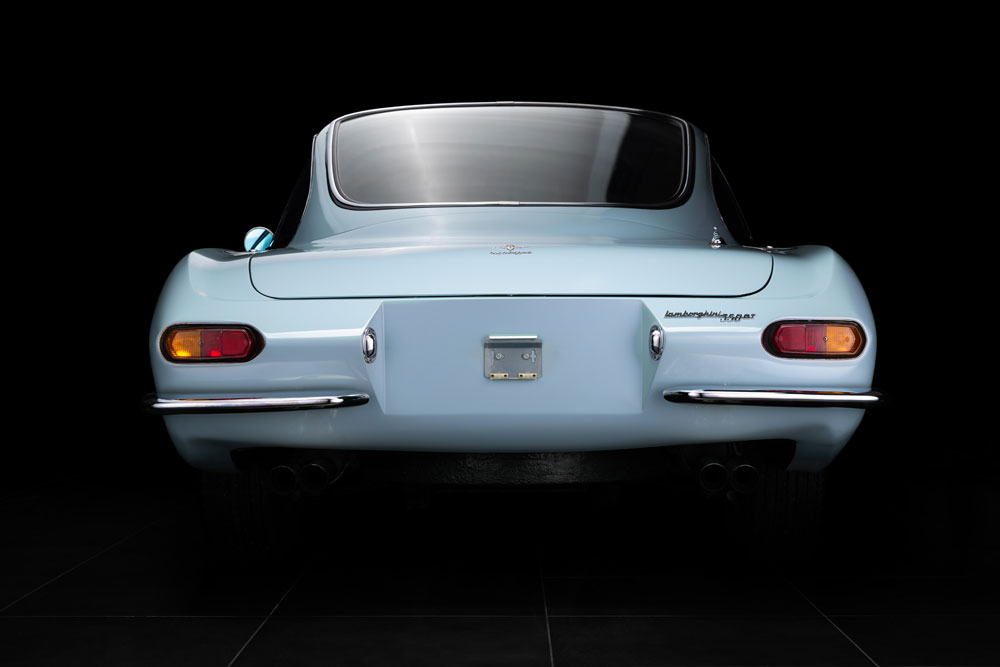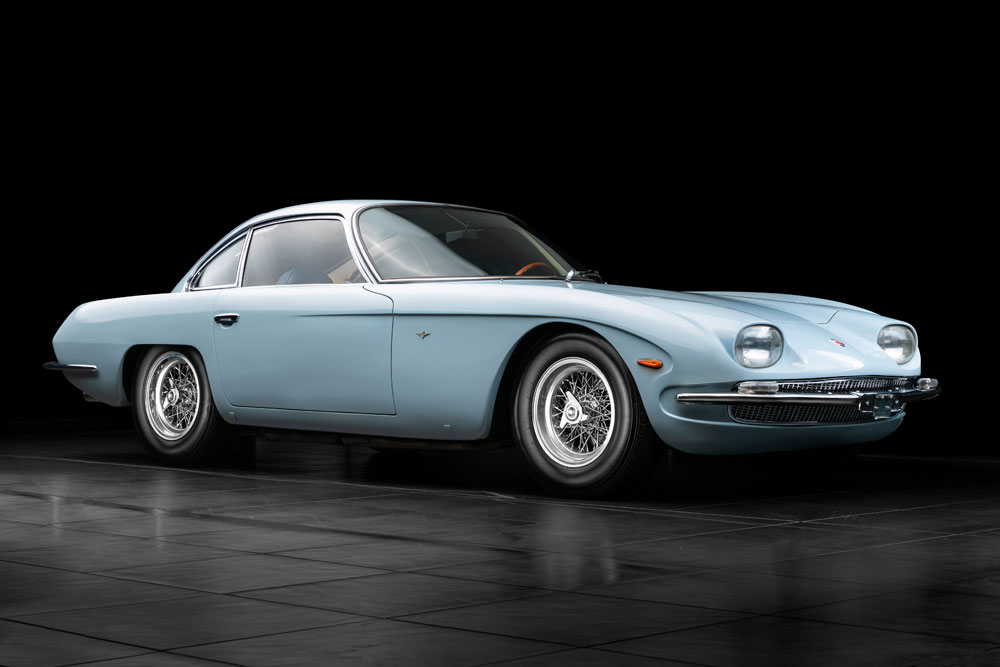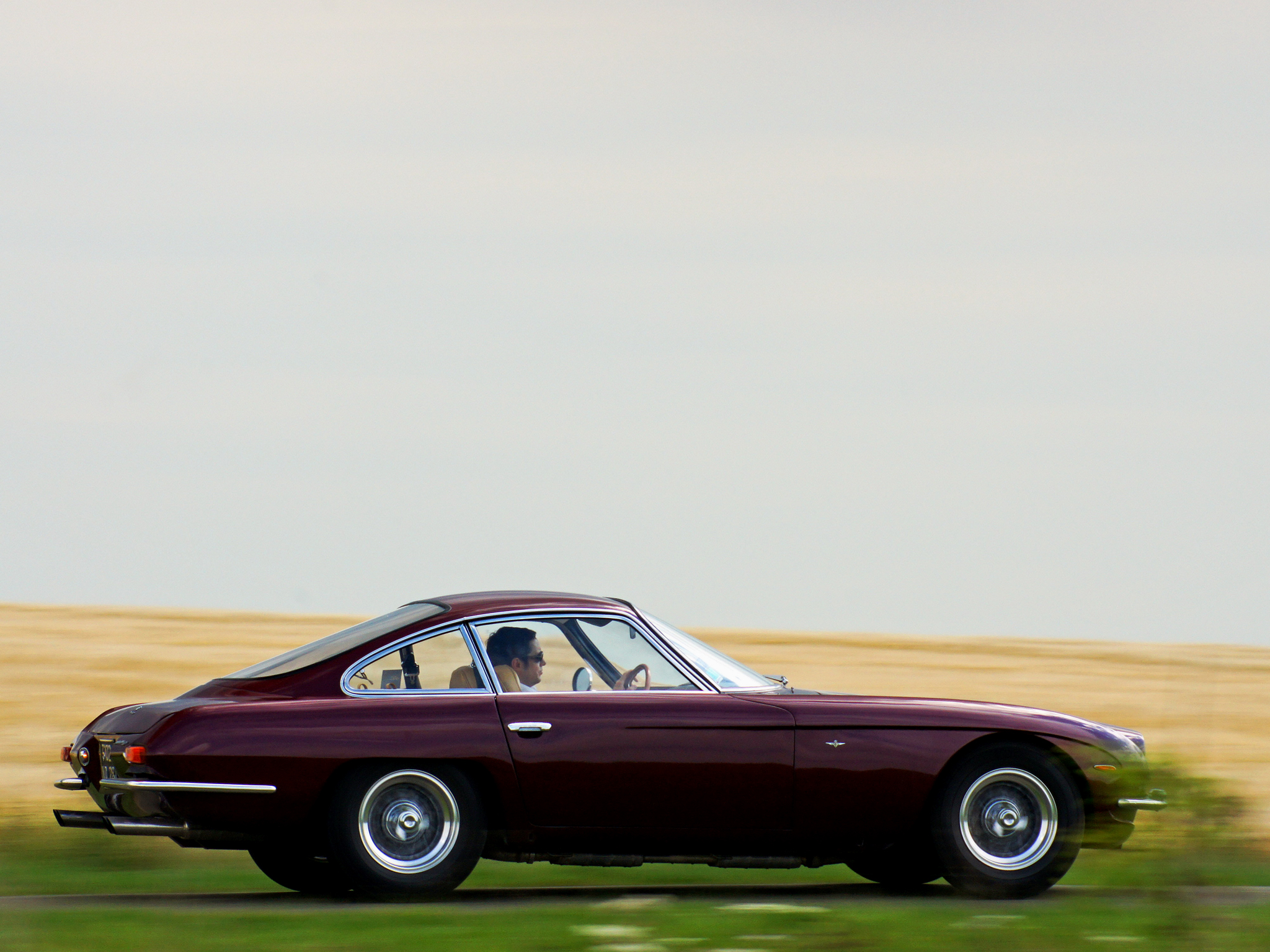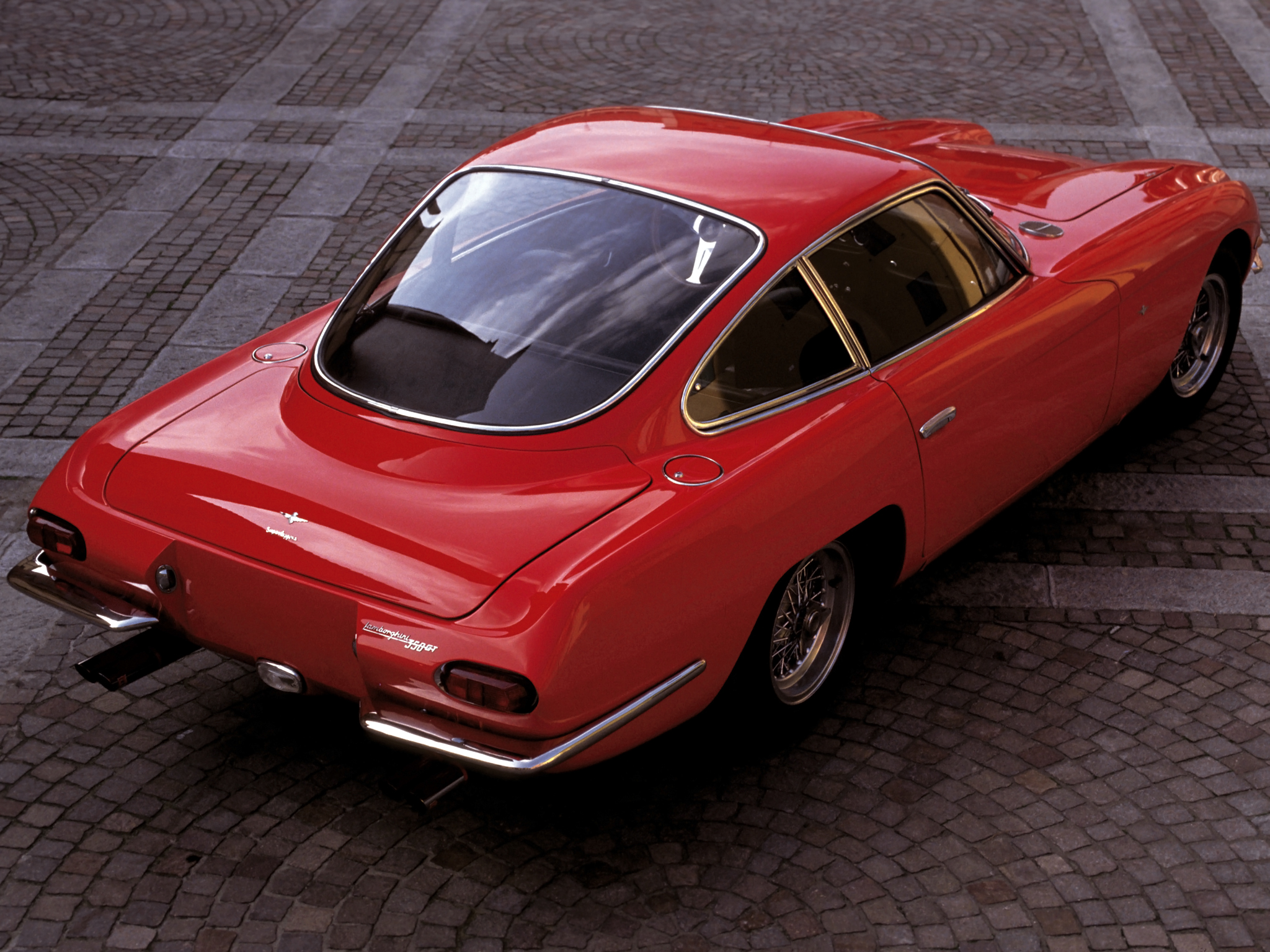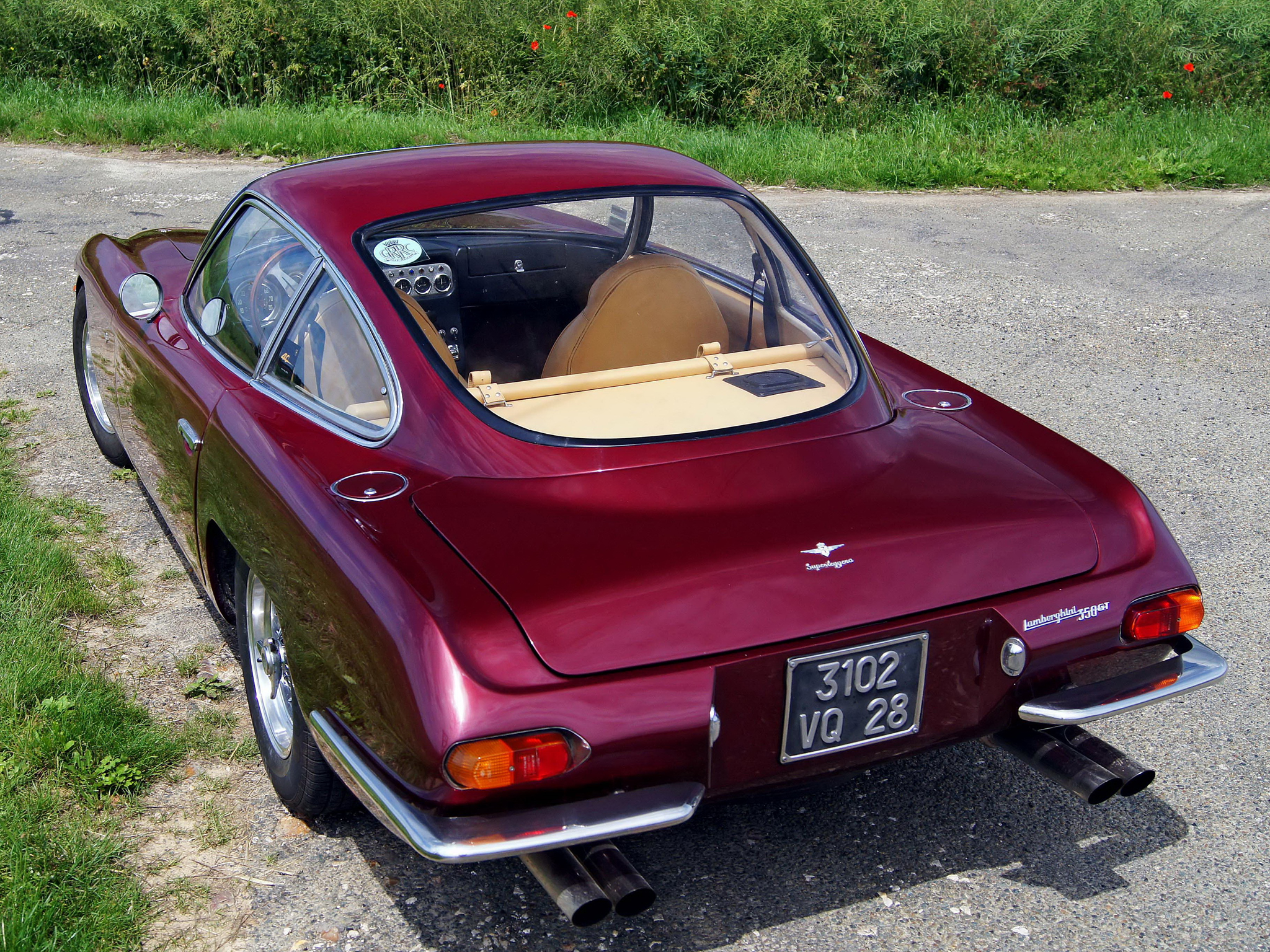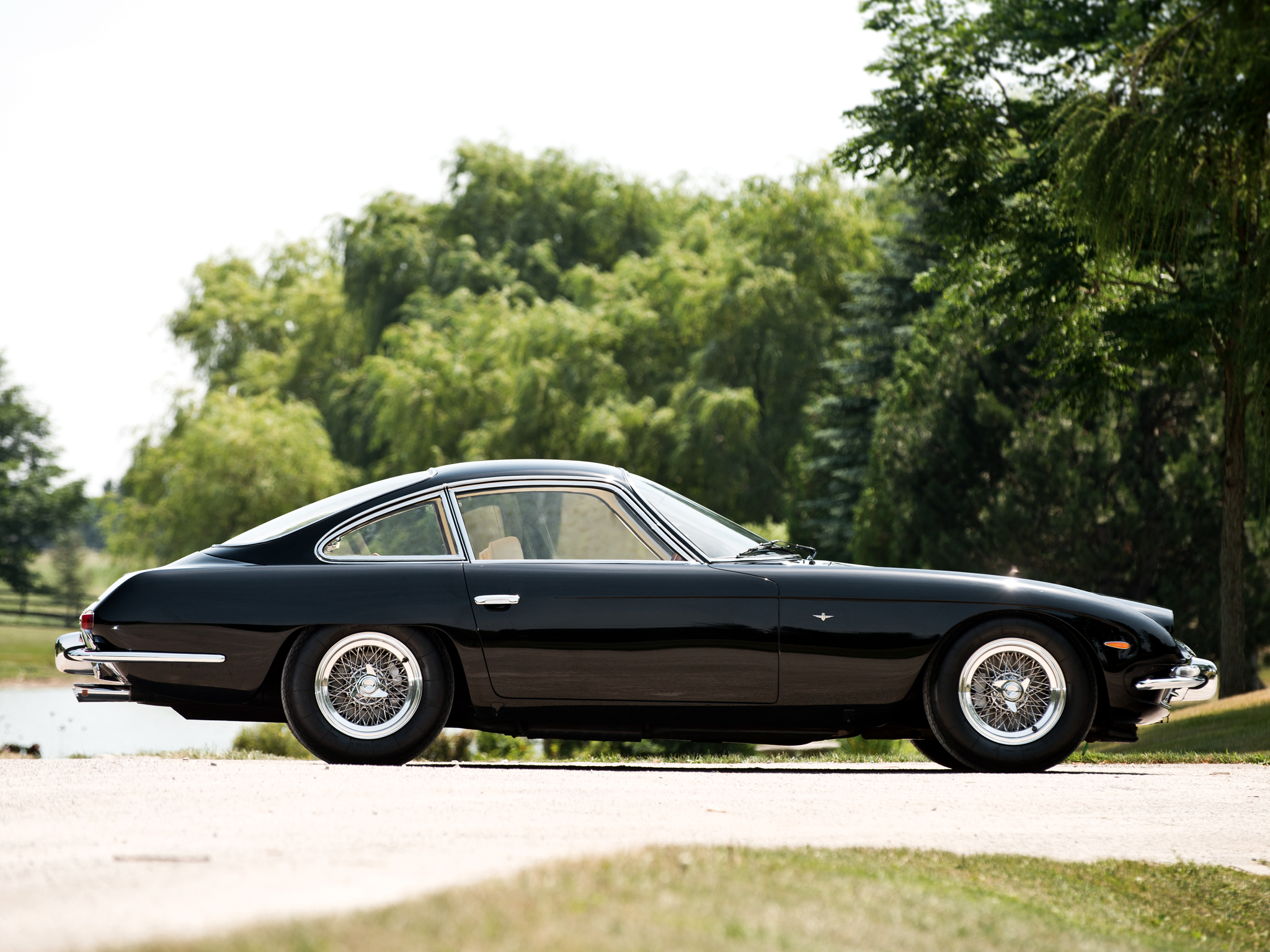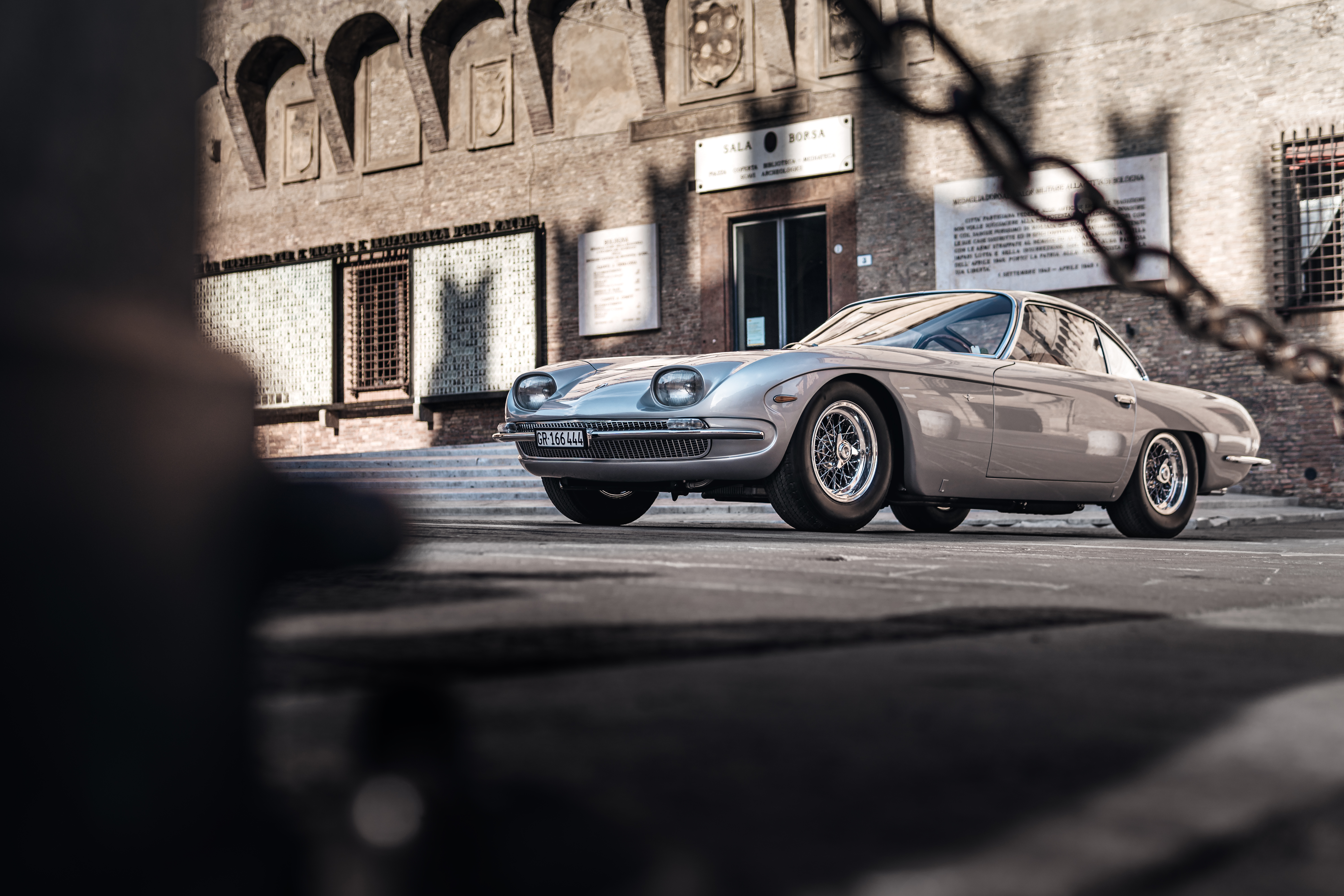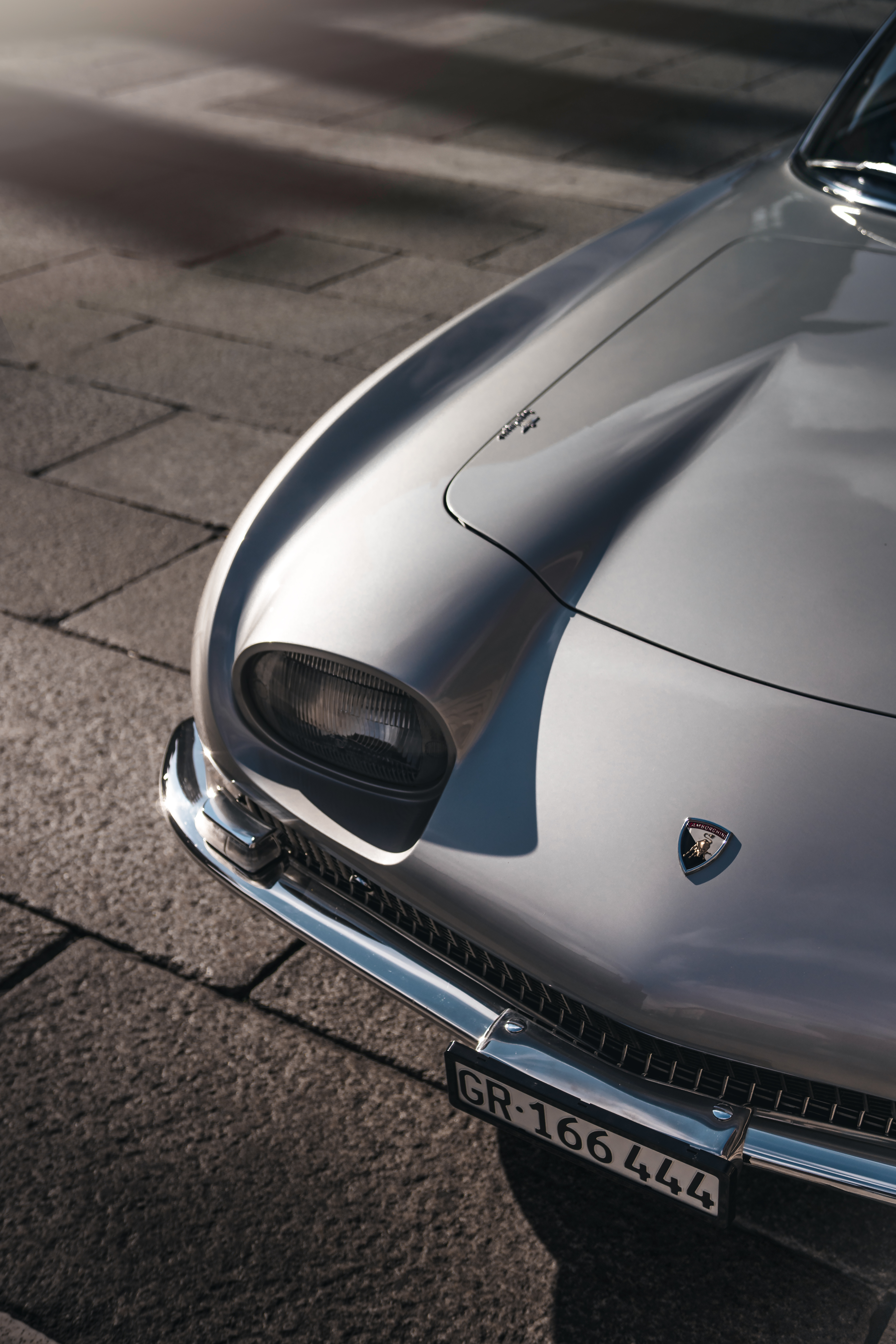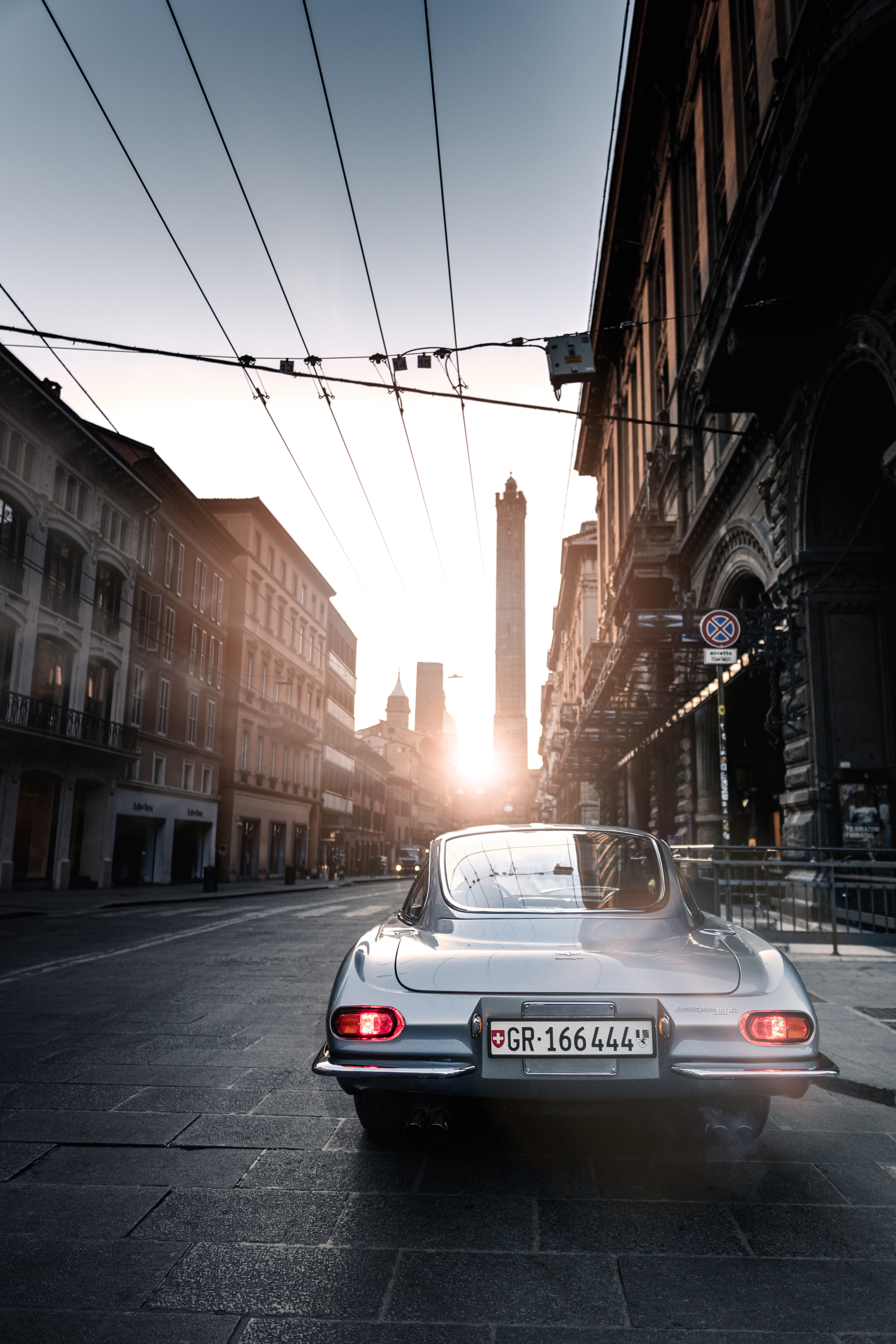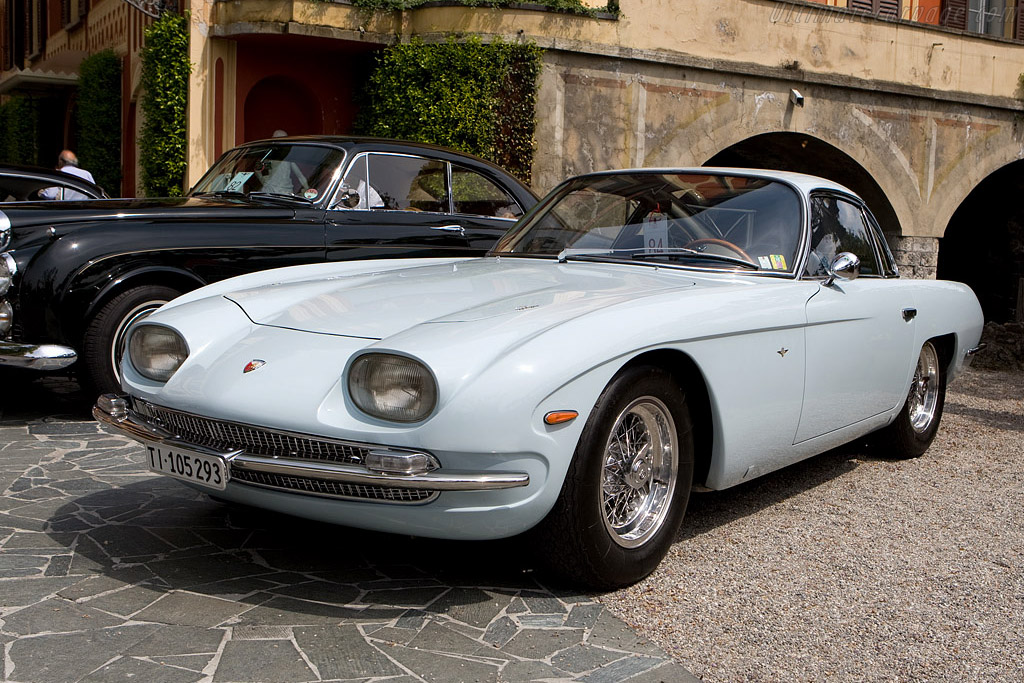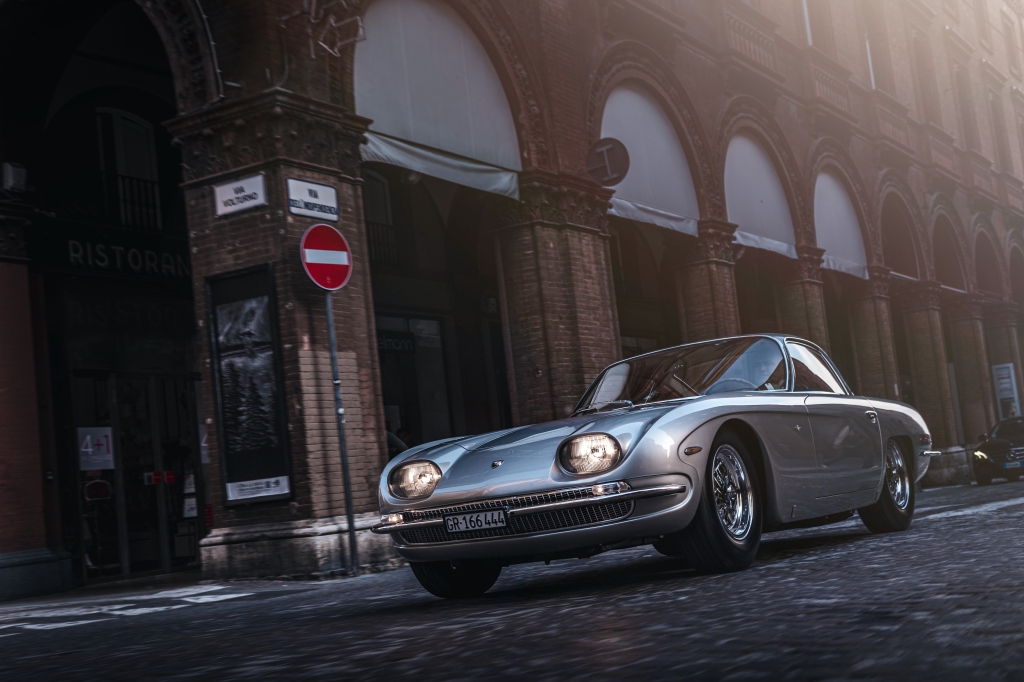
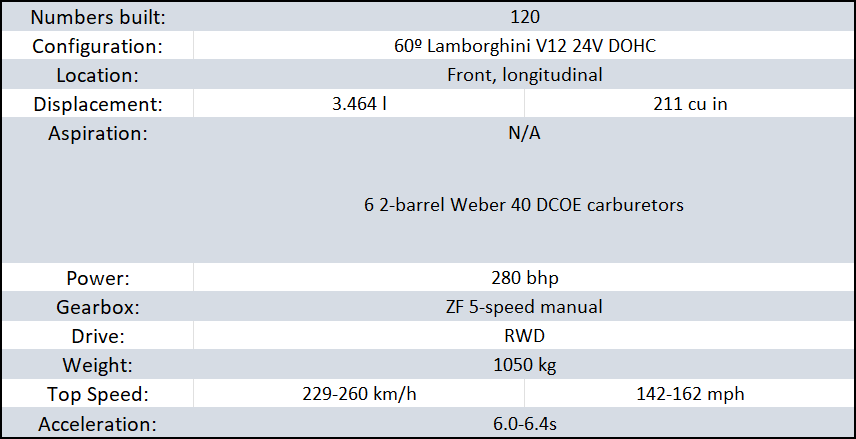
Year 1960 was the time Enzo Ferrari makes his biggest mistake and loses the most important client in the history of his company. The car we discuss today is a direct result of his disagreement with Ferruccio Lamborghini – one that started the rivalry that lasts today – over 60 years after that event, and good 3 decades after both gentlemen eat the dirt – and we can safely assume that war will never end. Not unless one side goes out of business.
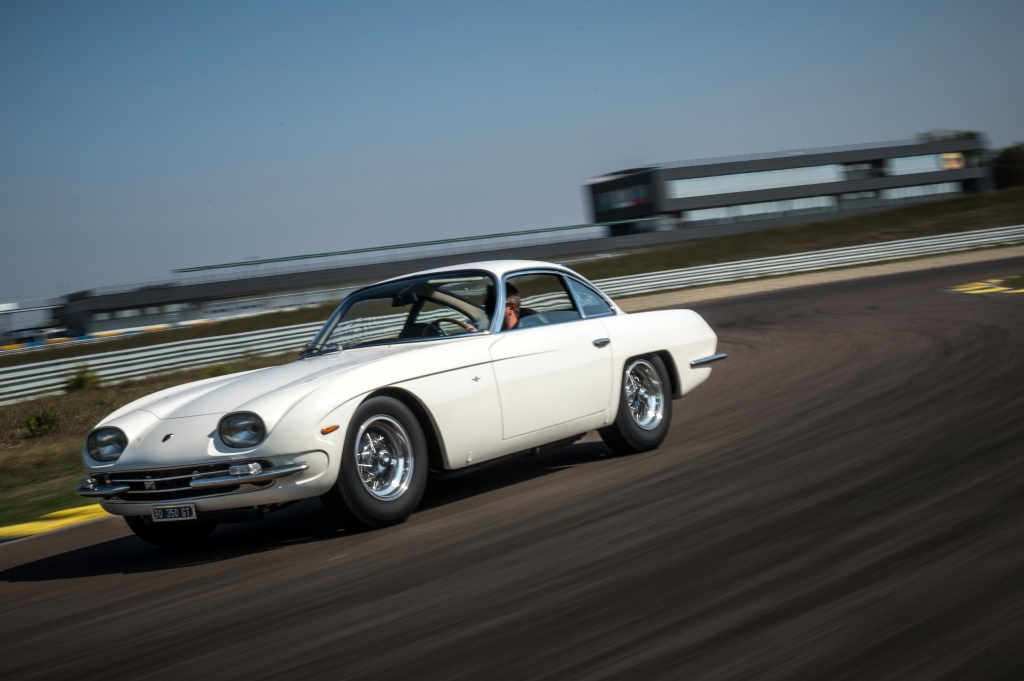
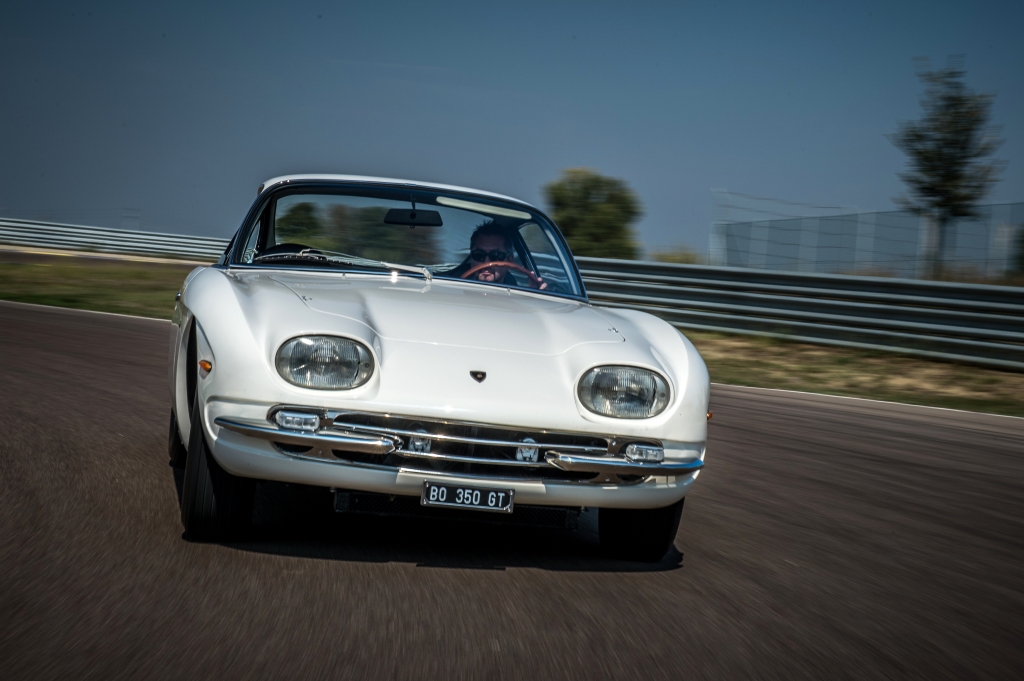

First quick hook hit the target in 1963 when Ferruccio established a fresh purpose-built factory in Sant’Agata, near Modena. The facility was fixed on making cars only and since Lamborghini had the money, he manned his team with the very best car industry personas of the time – some with Ferrari and Maserati experience… but Lamborghini had a different vision for his cars. Old Ferrari was in pursuit of speed, when Ferruccio – performance, yes – but not instead of comfort. Reliability and craftsmanship were of utmost importance to him. That’s why Bizzarrini designed a V12 of great power for him – and cut its guts off, limiting it to ‚mere’ not-really-but-almost 300 bhp. That way they had a motor that would run in any conditions, every time – all the time – and would be faster than any product that had ‚Ferrari’ in its name. It would accelerate from zero to sixty in 6 seconds without worry that you have to rebuild the engine after such fun time. It was actually an F1 design that on the drawing board had only 1.5-litre capacity – it was smaller than my kettle, but Bizzarrini was like: ‚MOAR POWAAAAR!!!’ He changed the caliber to 3.5-litre, gave it quad cam, gave it 6 HUGE Weber carburetors, and that config could generate 400 bhp if you wanted and that’s before VAT… but why would you want that? It already beat the Ferrari – full Knock-Out – easy, so… way to go, job done – nothing more to see here. Everything was better than Ferrari. Ferrari was weak in power, Ferrari was short in displacement. They put only 3 carburetors in their cars and they couldn’t into camshafts. Ferraris had only 4-speed transmissions and their reliability… gh-… get outta here! We have nothing to talk about. Come back when we have something to talk about.
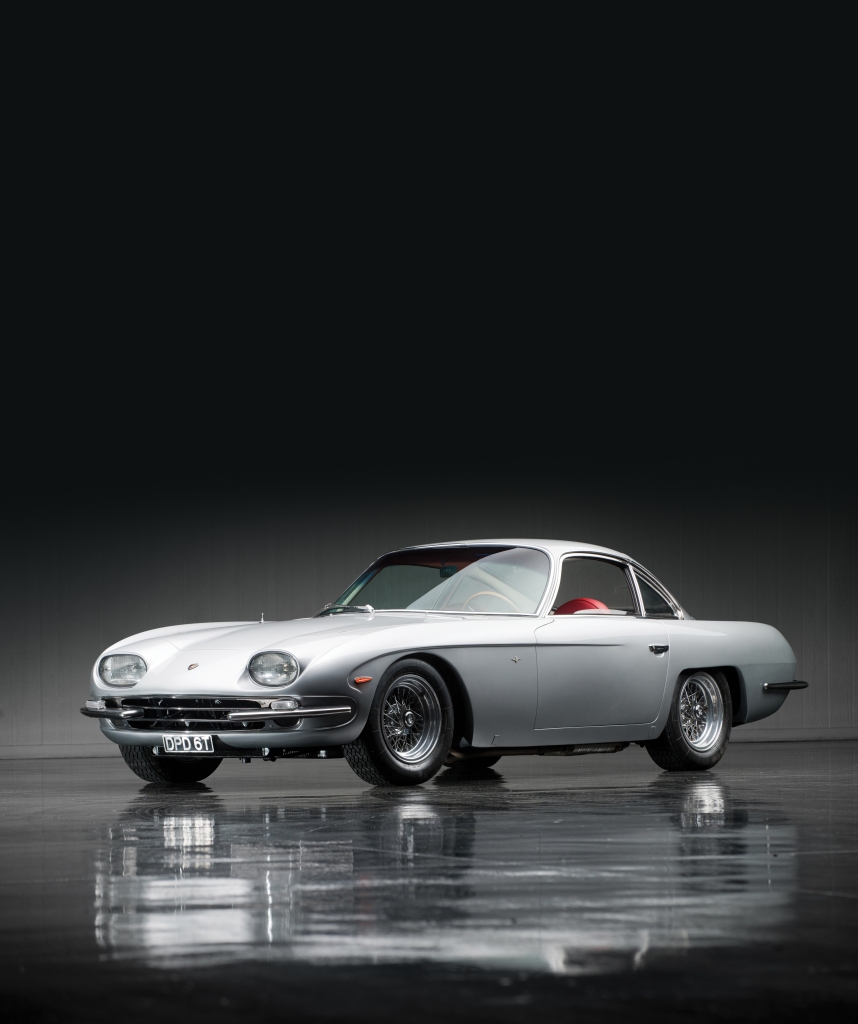
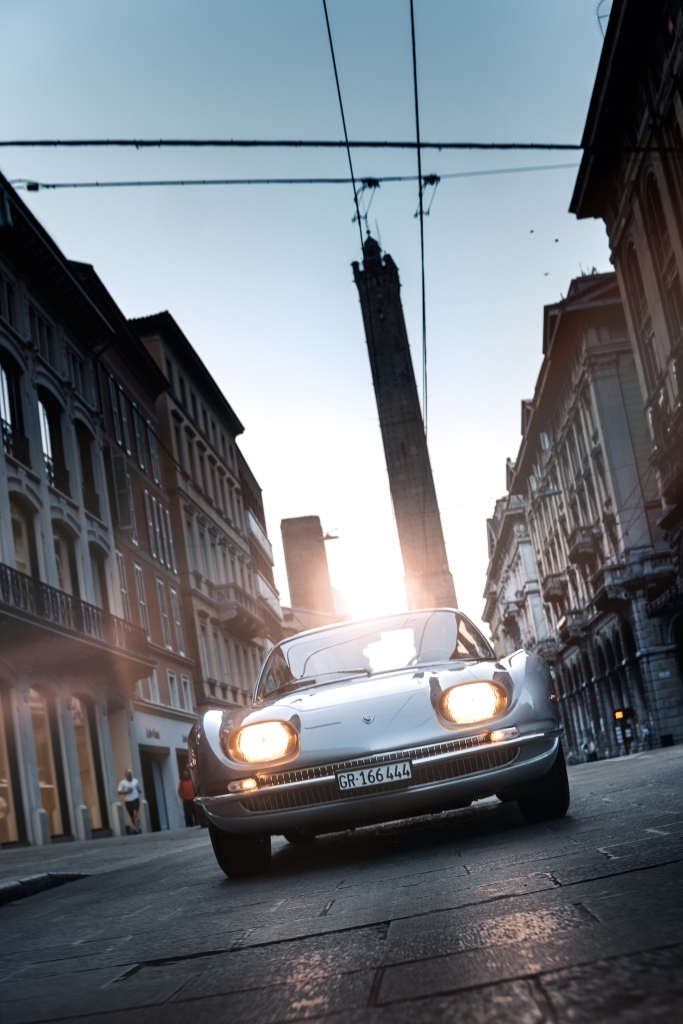
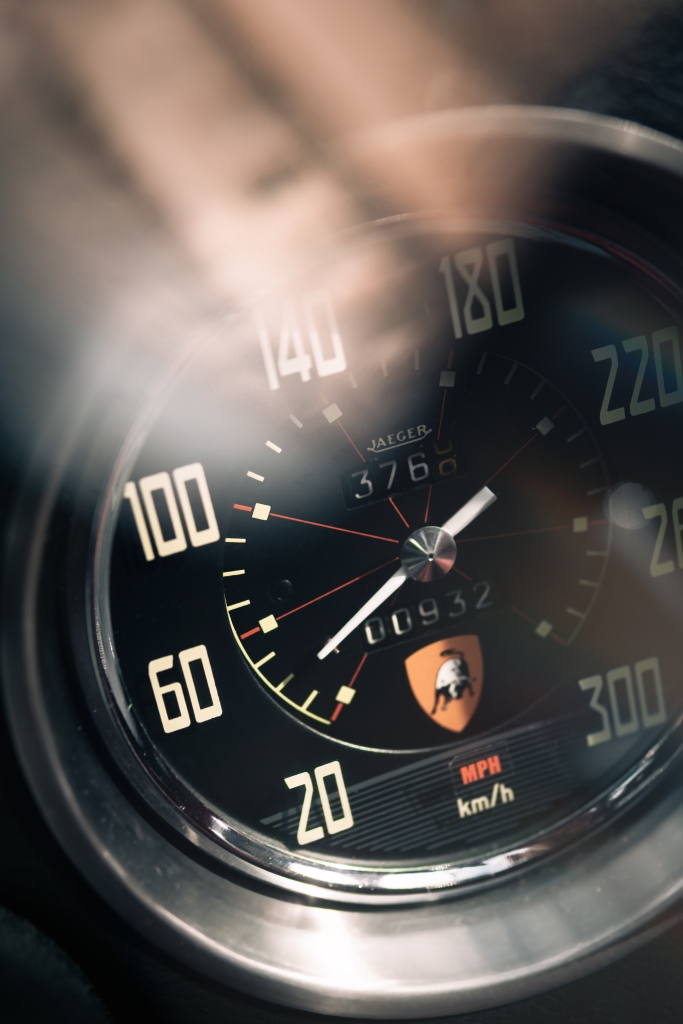
Lamborghini went into production March 1964 and the car had 350GTV body redesigned for road use – aluminum panels over steel frame – classic Superleggera. Its heart – a V12 capable of enormous performance, with a crank made of one solid block of metal, detuned to 280 bhp for reliability. The 5-speed ZF transmission sent power to the Salisbury rear Limited Slip Differential – a Dallara/Bizzarrini design. Their imaginative work will shape the Lamborghini brand for years to come. 350 GT had all suspension independent, double wishbones all sides and disc brakes for every wheel. None of this shit was in offer at Ferrari’s and practically everything, save the gearbox, was made in Sant’Agata.
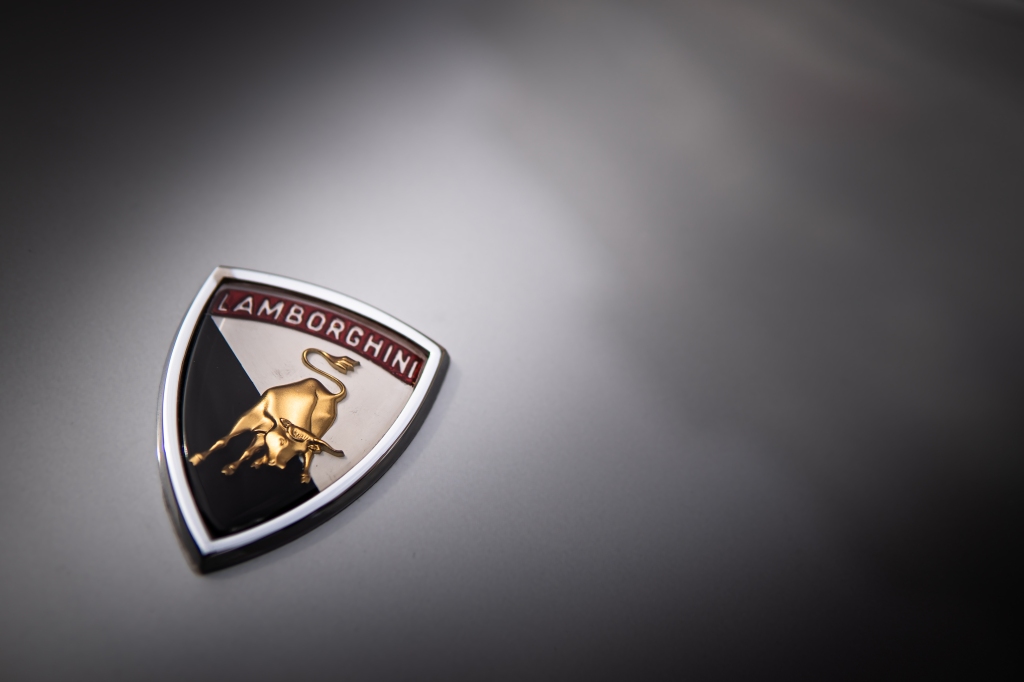

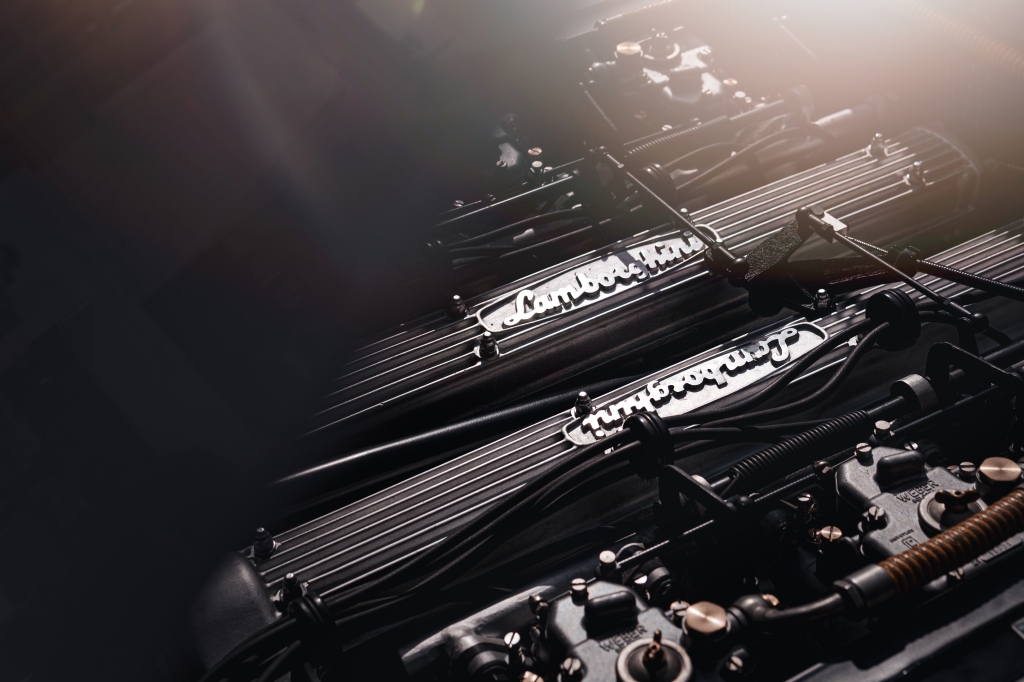
350 GT had great performance: it had the speed, the smooth power delivery, the agility. It was fast, and I mean it was FAST. It’s design though… less dramatic compared to the prototypes. Still aesthetic, but not overdone. The reason for changes was adapting the prototype for road use and giving more space in the cabin. The Lamborghinis had space for luggage – fuck you Ferrari! Ferrari was no match. You buy a Lamborghini – anything: tractor or a car – and you know you made a good purchase. His products were reliable – with performance – and Enzo had trouble connecting both.
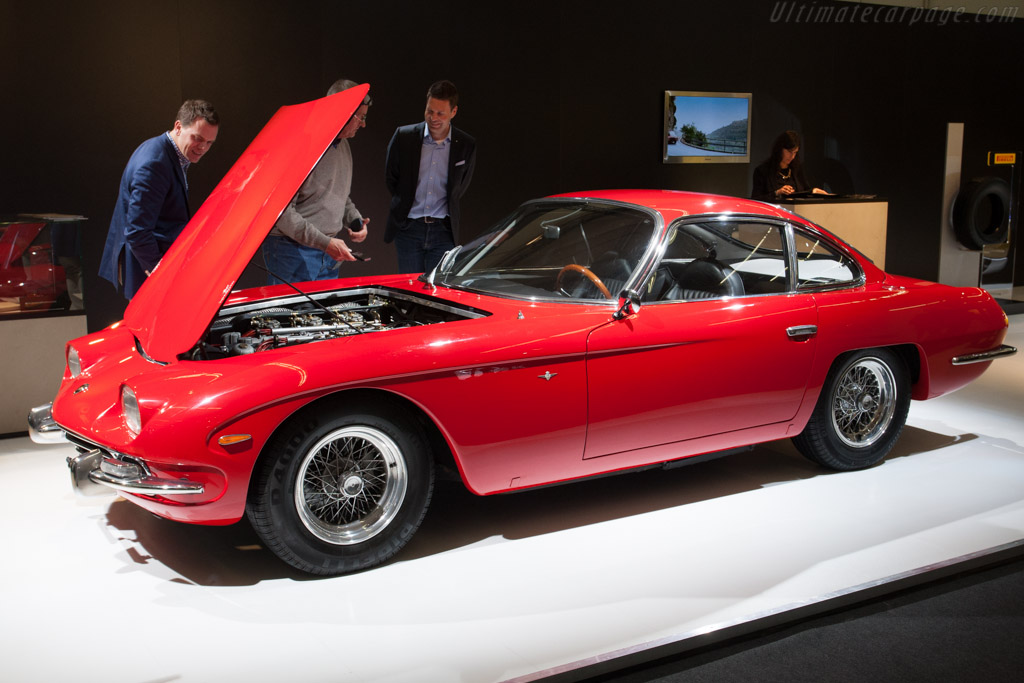

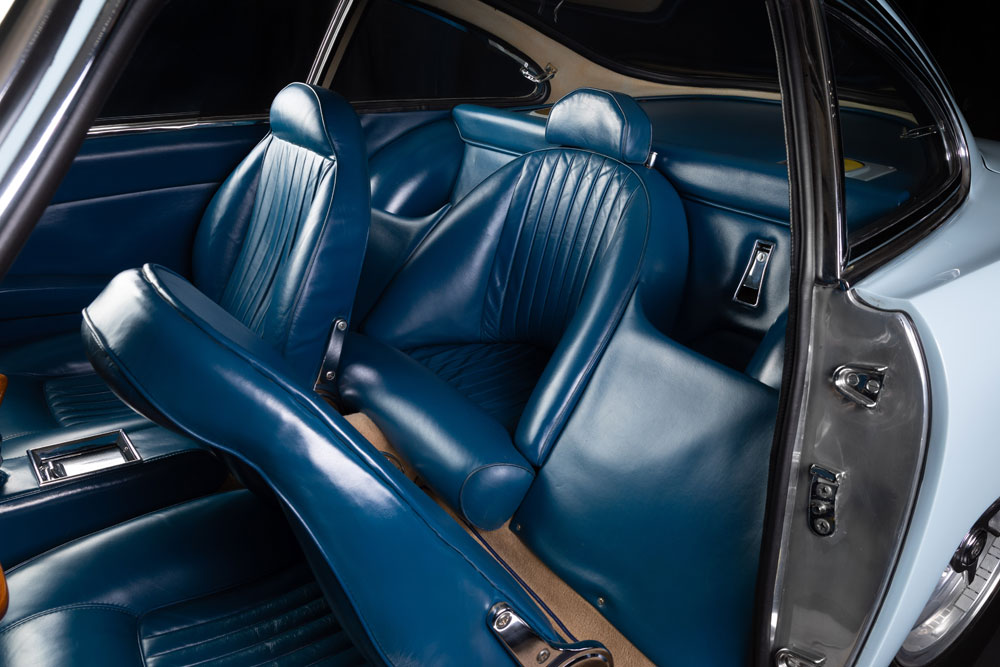
All that made the first Lamborghini the most lightweight and the fastest front-engine car of that era. Depending on transmission and axle setup, it accelerated to 162mph (260 km/h), reaching first 60 miles-per in 6.0 – 6.4 seconds. In time it evolved into 400GT and 2+2s with steel body. More weight was compensated with additional power. The bigger engine was devised with the new model in mind, but it was available in 400 GT up till 1967, though only 23 were ever sold before Miura took the mantle of the Sith Lord. All 350 GTs were built with great care and the interiors were filled with top quality leather. Note: early examples of 350s were in 2+1 layout, with a center back seat. That was later dropped in favor of an additional bench for your shit – with straps as well, why not…

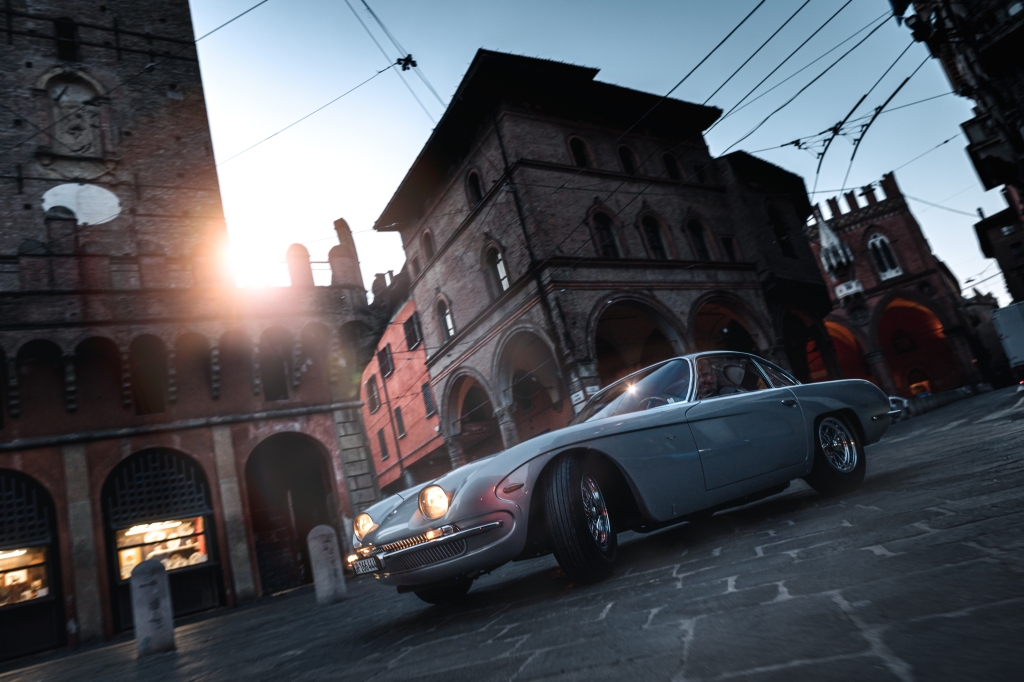
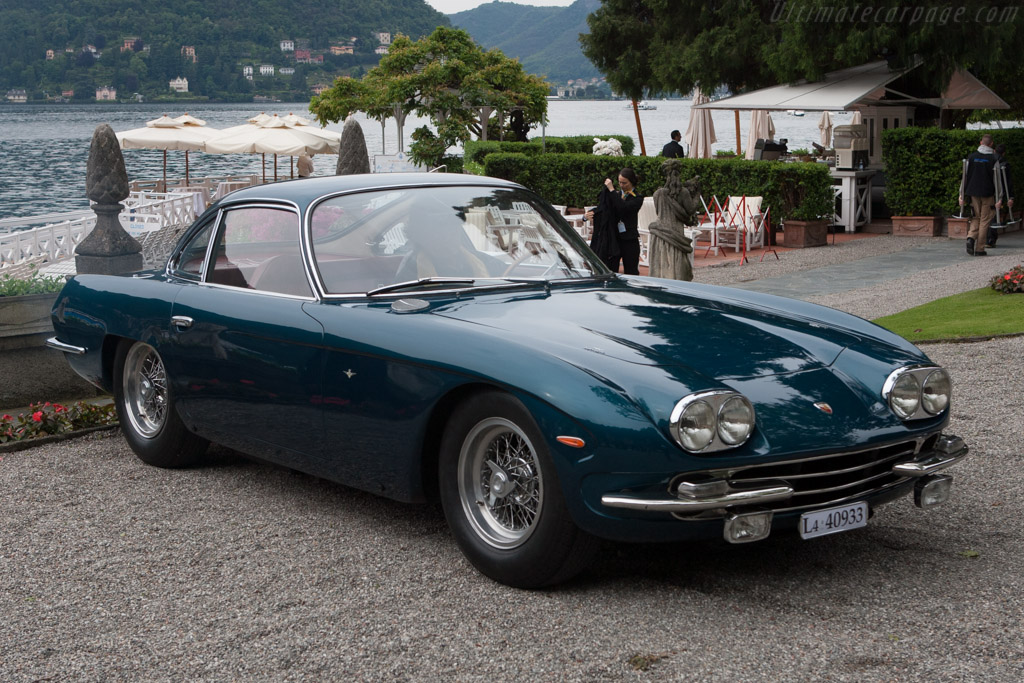
Even the Lamborghini test drivers say 350 GT was the best car ever to leave Sant’Agata factory. Their first attempt into car industry, get it? Ferruccio claimed his completely new brand, with the sole 350 model in offer alone, was a viable alternative to Aston Martin, Ferrari or Maserati… but in fact Lamborghini had a team of engineers that were the best of the best – and they made a car defeating Ferrari in technology and architecture. And cheaper at that. It accelerated, handled and stopped like any Ferrari – or better – and it was relaxing, fun to drive and comfortable. That was the second hook right into Enzo’s face – the foundation for the Lamborghini brand, that ensured them place on the top of the top – forever.
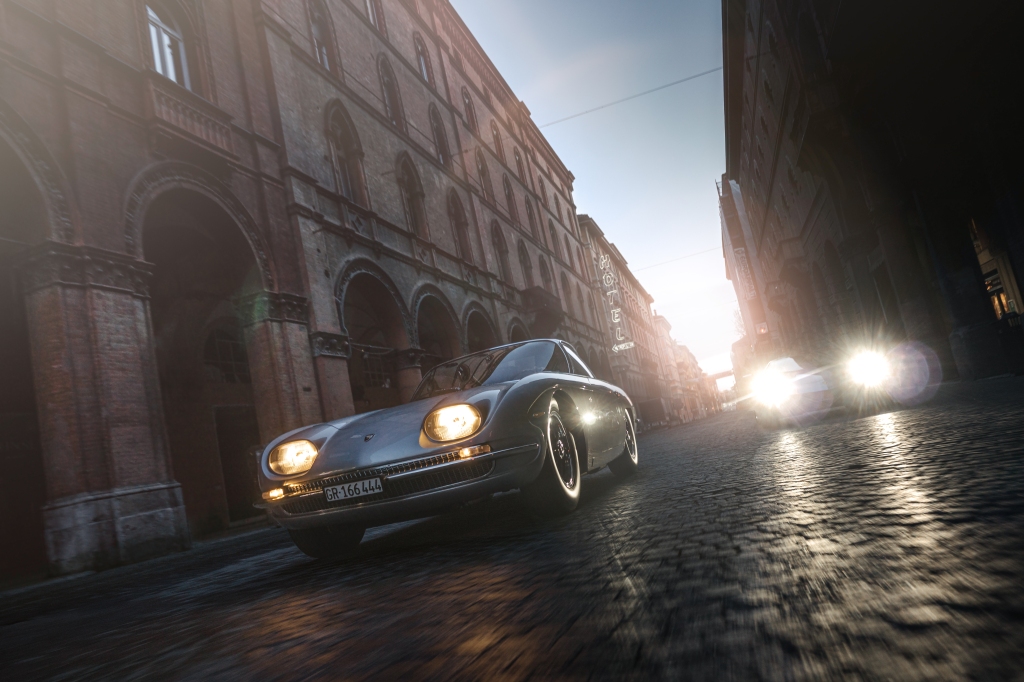
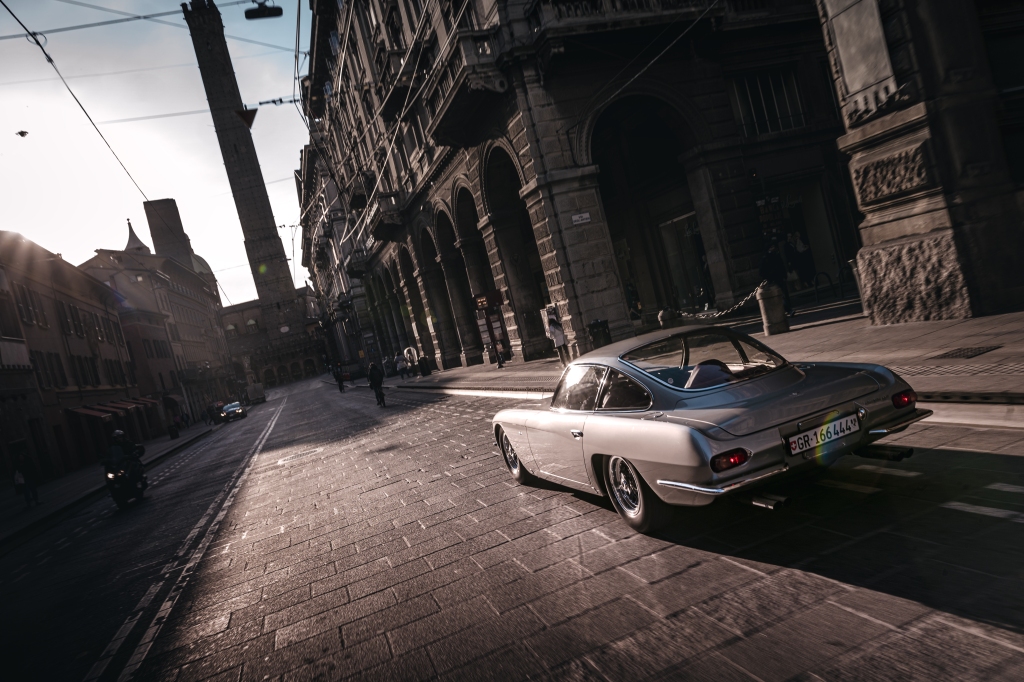
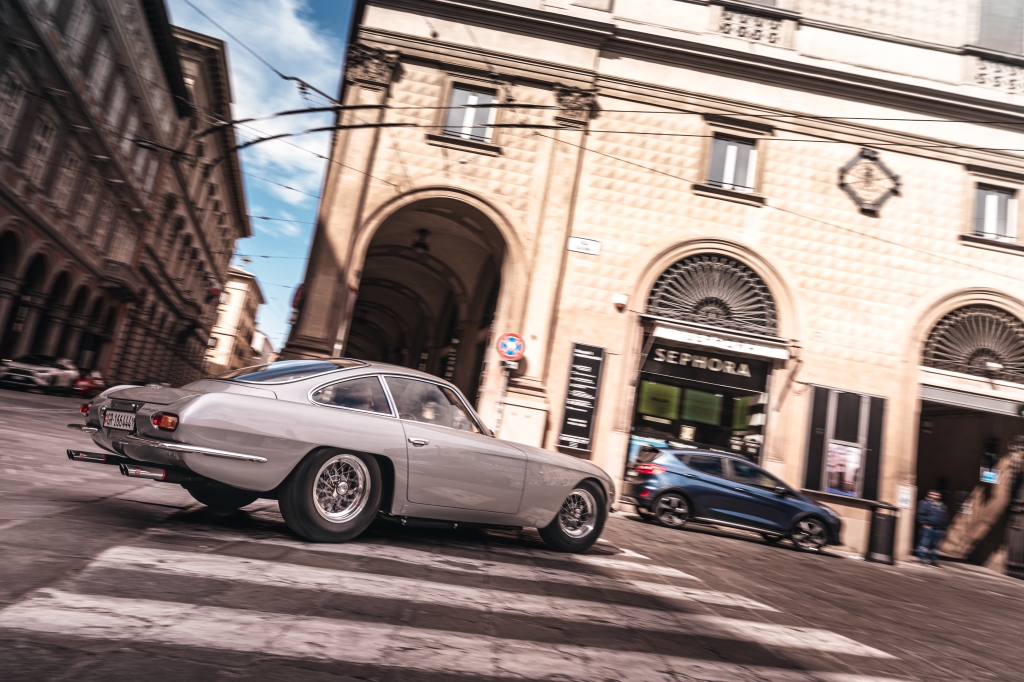
Krzysztof Wilk
All sources: favcars.com | wheelsage.org | wikipedia.org | supercarnostalgia.com | autozine.org | wikipedia.org | classicdriver.com | lamborghini.com | lambocars.com | supercars.net | rmsothebys.com | Top Gear: The Cool 500 – The Coolest Cars Ever Made | M Buckley – The Complete Illustrated Encyclopedia of Classic Cars | N Balwdin – The World Guide to Automobiles, the Makers and their Marques
